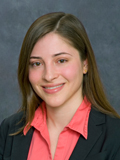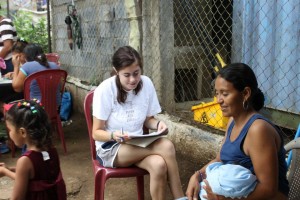This week I attended a wonderful panel discussion featuring alumnae who were all varsity athletes. They discussed the success they have achieved in a variety of fields, and described how their experience as student athletes prepared them for their professional lives.
One panelist made the following comment (I am paraphrasing): everyone’s career is the result of chance, typically a chance meeting with someone who introduced the person to a field, a company or an opportunity. Although it may not seem to be true when everyone you know is purposefully interviewing in OCR, the fact is that we end up in our life’s work by happenstance. In fact, there is a wonderful book that describes this: Luck in No Accident: Making the Most of Happenstance in your Life and Career by Krumboltz and Levin. Their Happenstance Learning Theory attempts to put clients in a position to transform unplanned events into learning opportunities.
This is what we try to do in our work with Penn students. I myself do not believe in any kind of magic matching system that takes answers you provide on an instrument or survey and determines what is your best career fit. Such exercises may well be valuable in your self-assessment, as a way to learn more about your strengths, but they do not have The Answer, or the perfect match.
By all means have a plan, at least for the short term. But be open to opportunities, ideas, directions that present themselves to you. Branch Rickey of Brooklyn Dodgers (and Jackie Robinson) fame once said, “Luck is the residue of design.” That is undoubtedly true. It is important to prepare yourself, and to plan. But luck can present itself in many guises, and may be hard to recognize. Be alert to opportunities as you face them, this year, and throughout your career, so you can make the most of them. May you be lucky, again and again.



